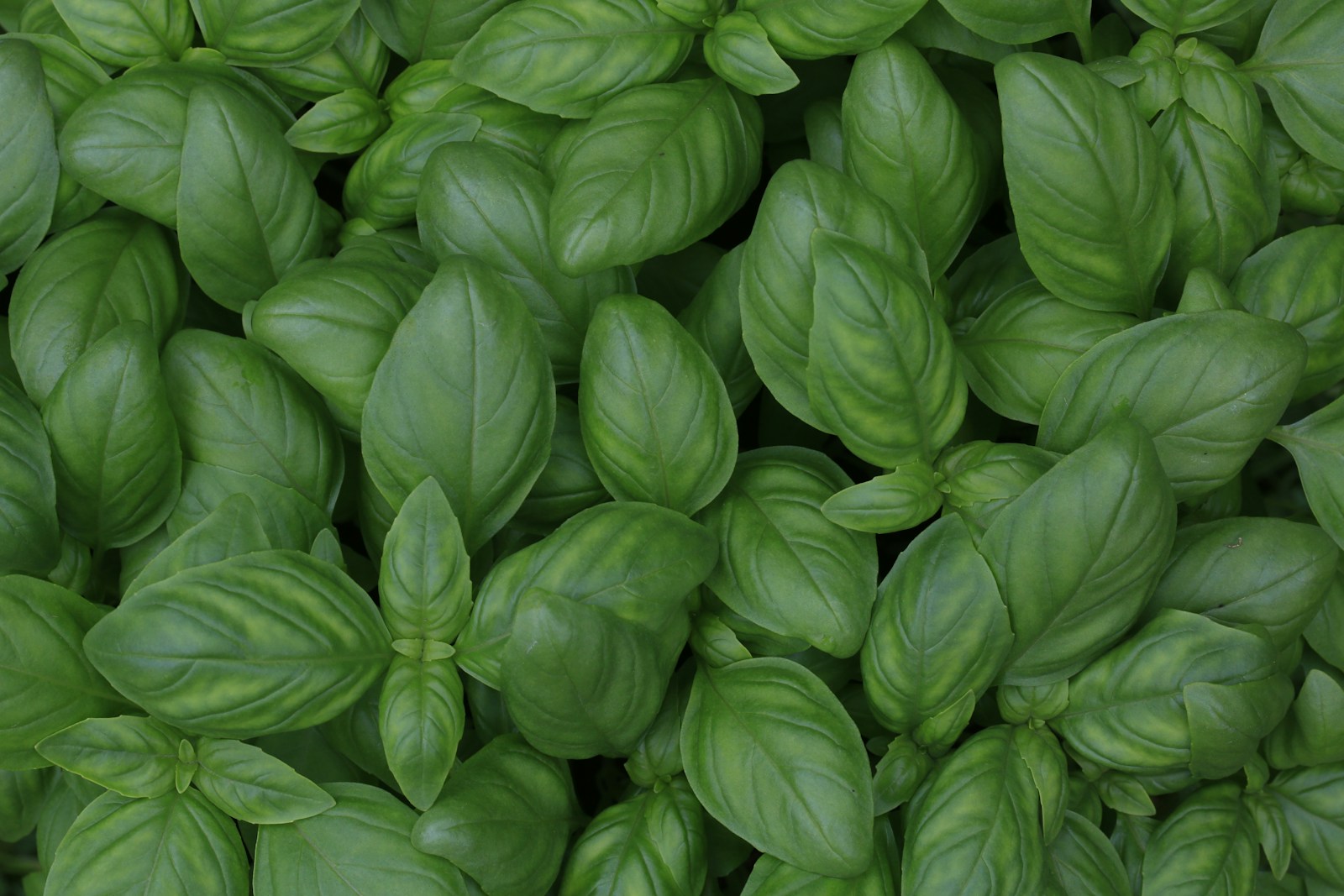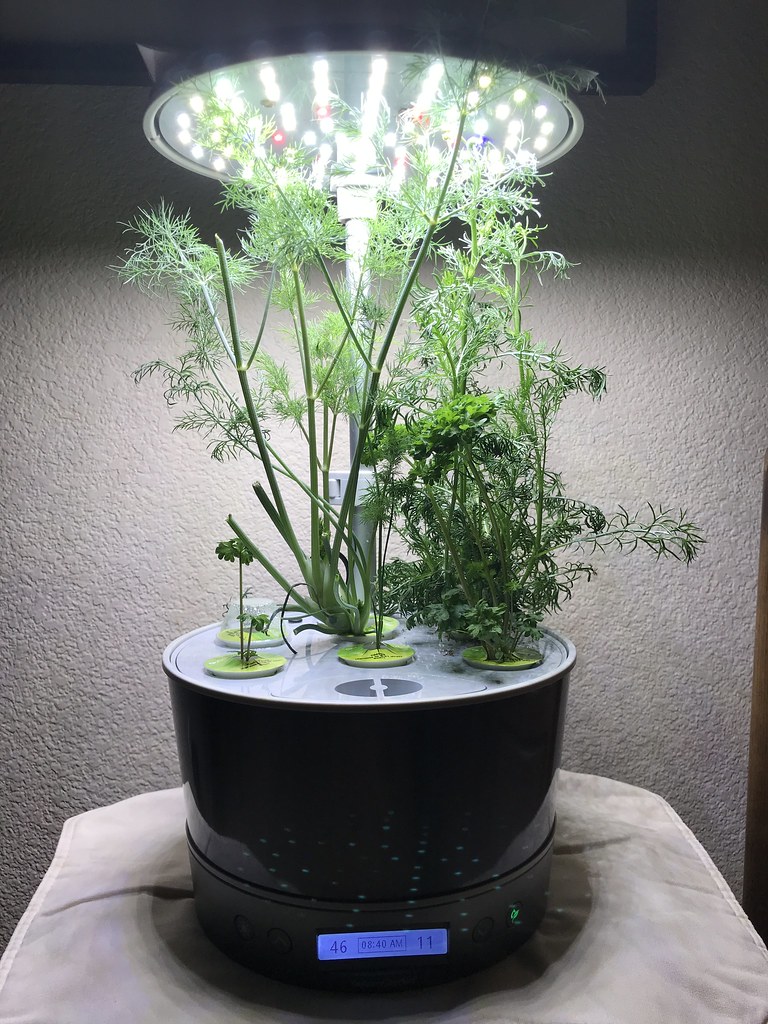Grow Basil Indoors: Herb Garden Tips & Harvest Guide

Effortlessly grow basil indoors year-round! Whether you’re new to gardening or experienced, follow these easy steps to cultivate this aromatic plant indoors.
Key Takeaways
- Growing basil indoors offers fresh basil all year, regardless of outside weather.
- Select compact basil varieties ideal for containers.
- Provide 6-8 hours of sunlight or use grow lights when needed.
- Proper care such as watering, pruning, and fertilizing enhances growth and harvest.
- Companion planting can boost growth and flavor.
Understanding Basil Indoors
Benefits of Growing Basil Indoors
There are numerous benefits to growing basil indoors! You get fresh basil year-round, no matter the outdoor weather. Indoor gardening means harvesting basil at peak flavor anytime. Plus, an indoor herb garden beautifies your home and offers constant aromatic goodness. Basil is easy to grow, making it perfect for indoor herb enthusiasts.
Varieties of Basil to Grow Indoors
When it comes to growing basil indoors, you’ve got options! Sweet basil, also known as Genovese basil, is a classic choice that grows well and is a kitchen staple for pesto and Italian dishes. Thai basil offers a unique anise-like flavor that’s fantastic in Asian cuisine. There are many varieties of basil, all of which can add a unique taste to your home cooked meals. The key is to choose basil varieties that are compact and well-suited for growing in containers and to grow indoors.
Choosing the Right Container for Indoor Basil
Selecting the right container is crucial for successful basil growing! Basil prefers a pot that’s at least 6 inches in diameter to give its roots plenty of room to grow. Ensure that the container has drainage holes to prevent water from sitting at the bottom, which can lead to root rot. You can use terracotta pots, which allow for better air circulation, or plastic pots, which retain moisture longer. Consider the size of your mature basil plant when choosing a container. Basil in containers appreciates having enough space to spread out and develop a strong root system.
How to Grow Basil Indoors
Ideal Conditions for Growing Basil Indoors
If you want to grow basil indoors successfully, creating the right environment is crucial. Basil thrives in warm conditions, between 65°F and 80°F, and needs good air circulation. Avoid placing your indoor basil near drafts or cold windows, as this can stress the basil plant. In addition to temperature, proper air circulation is important to prevent fungal diseases. Ensure the area around your basil in a container has good ventilation. If you’re starting basil from seed, maintain a slightly warmer temperature to encourage germination. Provide ideal conditions, and your basil is easy to grow indoors!
Soil and Fertilization Tips for Basil Plants
To grow basil indoors effectively, the right soil and fertilization are essential. Basil prefers well-draining soil that is rich in organic matter and regular fertilization supports healthy growth. A good potting mix will help retain moisture while allowing excess water to drain away. Use a balanced liquid fertilizer diluted to half strength every 2-3 weeks during the growing season. Avoid over-fertilizing, as this can lead to leggy growth and reduced flavor. Keep the soil consistently moist, but not soggy. The best way to check if your basil needs watering is to stick your finger about an inch into the soil. Basil benefits regularly from the right soil and feeding!
Watering and Light Requirements for Indoor Basil
Proper watering and light are key to successfully grow basil indoors. Basil needs consistent moisture and at least 6-8 hours of direct sunlight each day. Water every few days, allowing the top inch of soil to dry out between waterings. Ensure your pot of basil has drainage holes to prevent water from sitting at the bottom. A south-facing windowsill is often ideal. If you don’t have enough natural light, using grow lights can supplement the sunlight. Basil seedlings especially benefit from extra light to promote strong growth. Remember, adequate light and water will help your indoor basil flourish.
When to Harvest Basil
Knowing when to harvest basil is crucial for maximizing its flavor and encouraging continued growth. Start harvesting basil leaves once the plant is about 6-8 inches tall. To harvest basil, pinch off the leaves from the top of the stem, just above a set of leaves. This encourages the basil plant to branch out and become bushier, leading to a more abundant harvest. Avoid harvesting more than one-third of the plant at a time. Regular harvesting encourages the plant to produce more basil leaves. You can harvest basil year-round when you grow basil indoors. Enjoy your fresh basil in your favorite dishes!
When to Plant Basil
The best time to plant basil from seed depends on your local climate and whether you’re starting basil from seed directly in a container or transplanting seedlings. Indoors, you can start seeds any time of year, especially if you’re using grow lights to supplement natural light. If you plan to transplant seedlings outdoors, start the seeds about 6-8 weeks before the last expected frost. Basil thrives in warm conditions, so waiting until the soil has warmed up will give your basil seedlings the best start. Ensure the pot of basil has good drainage and keep the soil consistently moist, but not waterlogged, to encourage germination. To plant basil directly is easy to do, just ensure there is enough sunlight each day.
Care for Basil Indoors
Routine Maintenance for Healthy Basil Plants
To keep your indoor basil plant healthy and thriving, regular maintenance is key. Ensure your basil’s needs are being met, keep basil pruned to encourage bushy growth, and water every few days when the top inch of soil feels dry. Also, fertilize every 2-3 weeks during the active growing season with a diluted liquid fertilizer. Check your basil in a container regularly for any signs of pests or diseases, and address them promptly. Move the basil plant to a bigger container if you see roots coming from the bottom. By keeping up with these simple tasks, you can enjoy fresh basil year-round from your indoor herb garden.
Common Pests and Diseases of Indoor Basil
Even when you grow basil indoors, your basil plant is not immune to pests and diseases. Common pests include aphids, spider mites, and whiteflies, which can suck the sap from basil leaves and weaken the basil indoors. Regularly inspect your basil indoors for any signs of infestation, such as small insects, webbing, or sticky residue. Fungal diseases like powdery mildew can also affect basil indoors, especially in humid conditions with poor air circulation. To prevent these problems, provide good ventilation, avoid overwatering, and consider using organic pest control methods like neem oil. The best way to avoid any of these problems is ensuring that you care for basil indoors often.
Pruning and Harvesting Techniques for Indoor Basil
Pruning and harvesting basil are essential practices that promote healthy growth and maximize your harvest. Regular pruning encourages the basil plant to branch out and become bushier, leading to a more abundant yield of fresh basil. To prune your basil, pinch off the top sets of basil leaves just above a node, where new leaves will emerge. This technique not only encourages growth but also helps prevent the plant from becoming leggy. To harvest basil, simply snip off the desired amount of basil leaves, taking care not to remove more than one-third of the plant at a time. Both pruning and harvesting can be done at the same time, ensuring you always have a supply of fresh basil on hand.
Year-Round Harvesting of Basil
When to Harvest Basil for Maximum Flavor
Timing is everything when you want to harvest basil for the best flavor. Harvest basil in the morning after the dew has dried for maximum flavor. The flavor of basil intensifies just before the plant flowers, so keep an eye out for flower buds. To maintain a continuous supply of fresh basil, harvest regularly. Regular harvesting encourages the basil plant to produce new leaves, ensuring you always have a plentiful harvest.
How to Properly Harvest Basil
To properly harvest basil from your indoor herb garden, use a clean pair of scissors or your fingertips to pinch off the basil leaves. Focus on harvesting the top sets of basil leaves first, as this encourages the plant to grow bushier. When harvesting basil, cut the stem just above a leaf node. Avoid tearing the basil leaves, as this can bruise the plant and diminish its flavor. Never harvest more than one-third of the plant at a time, and care for basil by letting the basil plant recover and continue to grow.
Storing and Preserving Your Basil Harvest
Once you harvest basil, storing it properly will help maintain its flavor and freshness. For short-term storage, place the basil leaves in a glass of water, like a bouquet, and cover them loosely with a plastic bag. Store the basil in the refrigerator. To preserve basil for longer periods, consider drying, freezing, or making pesto. Drying basil is as simple as hanging bunches of basil upside down in a dry, dark place until the basil leaves are crumbly. You can also freeze basil leaves by blanching them and storing them in freezer bags or ice cube trays filled with olive oil. With the right techniques, your year-round harvesting will be rewarded.
Companion Plants for Basil
Best Companion Plants for Growing Basil Indoors
Companion planting is a wonderful way to enhance the health and productivity of your indoor herb garden. Basil grows well with several plants. Tomatoes, marigolds, chamomile, and oregano are good companion plants for basil. Tomatoes and basil are a classic pairing, enhancing each other’s flavor and growth. Marigolds are also beneficial companions, as they repel pests and attract beneficial insects. Other good choices include chamomile, which can improve the overall health of your basil plant, and oregano, which helps deter pests. These pairings not only benefit the basil but also create a more balanced and thriving indoor ecosystem.
How Companion Planting Can Benefit Your Basil
Companion planting offers numerous benefits for your basil indoors. Plants need to be beside other beneficial plants! Companion plants can help deter pests, attract beneficial insects, improve soil health, and even enhance the flavor of your basil leaves. For instance, planting basil near tomatoes can repel tomato hornworms and whiteflies. Marigolds secrete compounds that deter nematodes and other soil pests. Additionally, some companion plants can provide shade or support for your basil in a container, creating a more favorable growing environment. When you learn how to grow basil, you can also learn about companion planting.
Creating a Balanced Indoor Herb Garden
Creating a balanced indoor herb garden is about more than just planting different herbs together; it’s about creating a harmonious ecosystem where each plant supports the others. Consider the specific needs of each plant when choosing companions. Ensure that the pot of basil has enough space, light, and nutrients. Herbs like basil, parsley, and chives make great additions to an herb garden, with all varieties of basil growing well next to these plants. Regular maintenance, including watering, fertilizing, and pruning, will help your indoor herb garden thrive. If you want to grow basil indoors successfully, you must create a balanced indoor herb garden.

